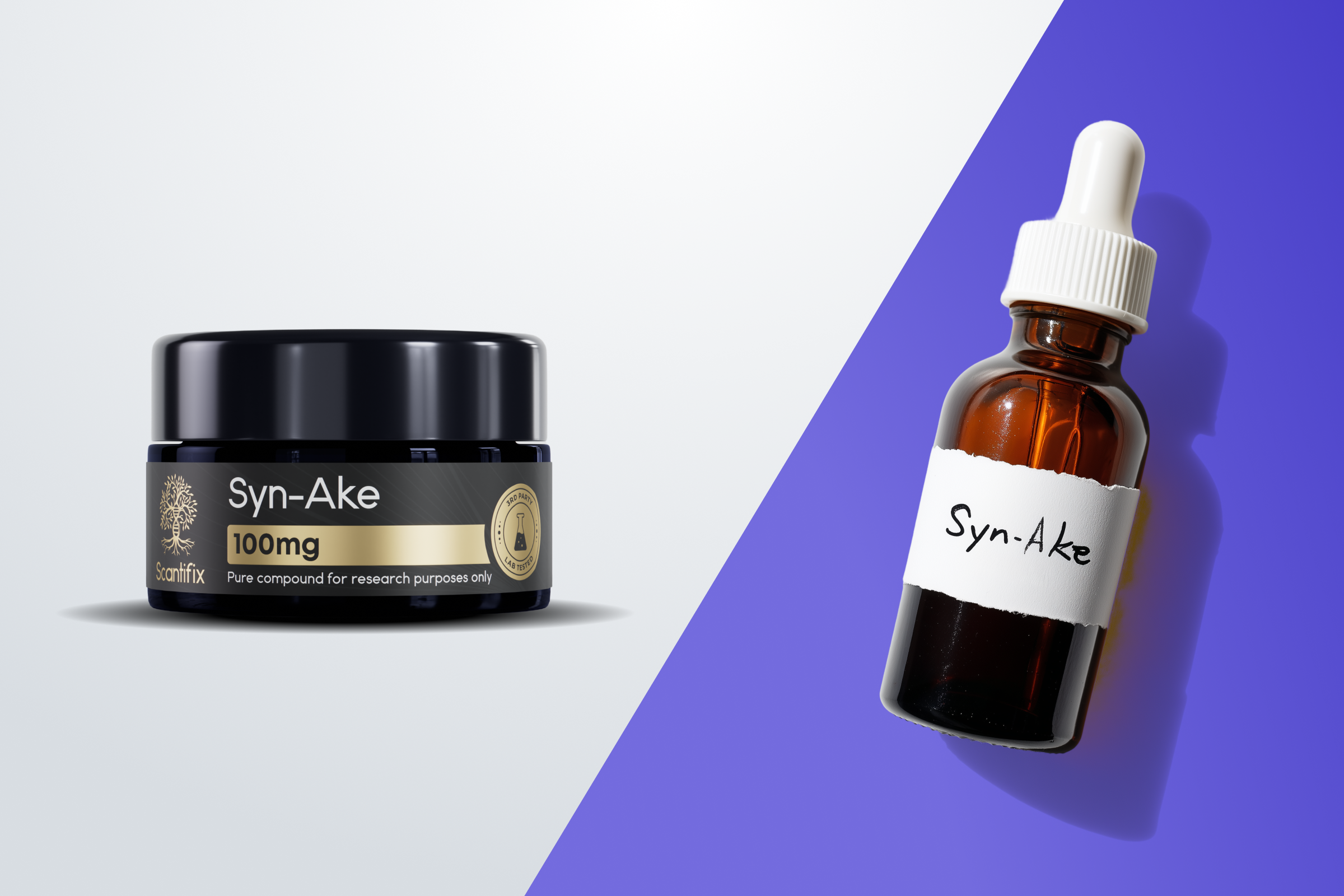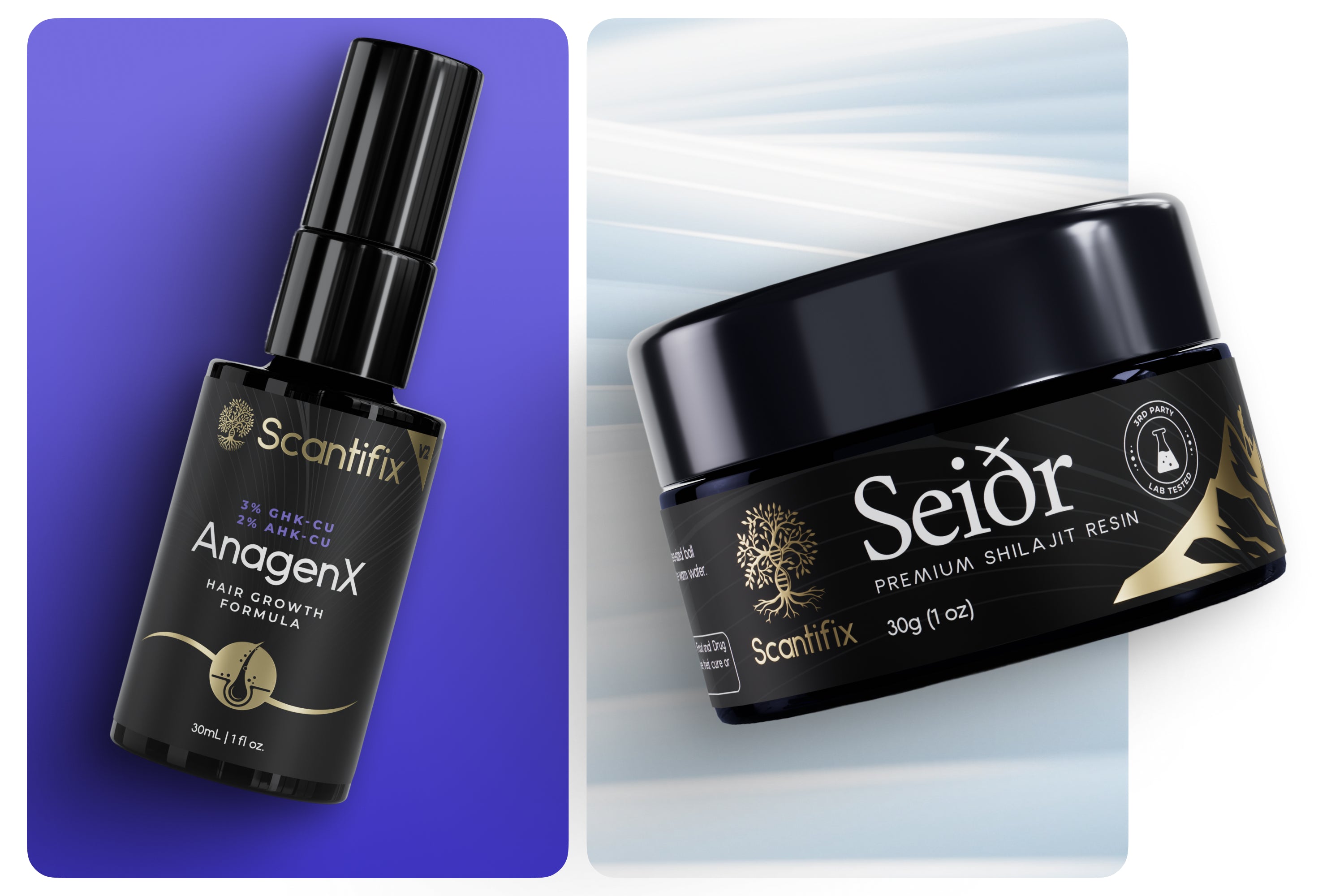As the seasons shift from summer into fall and winter, the body faces a new set of challenges. Cooler temperatures, drier air, shorter days, and more time spent indoors all place greater demands on the immune system. Travel, holiday schedules, and increased exposure to seasonal bugs add to the strain, while reduced sunlight often impacts sleep and mood.
During these times, the immune system works harder to maintain balance. Instead of trying to "boost" it in quick bursts, a more effective approach focuses on resilience. That means giving the body steady support so it can adapt to changing conditions.
Shilajit exemplifies this approach. A mineral-rich resin formed in high-altitude mountain ranges, it has been used for centuries in traditional medicine as a resilience tonic. Modern research is now exploring how its bioactive compounds support immune balance, cellular energy, and adaptation to stress. This guide examines what shilajit is, how it works in the body, and why it may be particularly useful during seasonal transitions.
What Is Shilajit?
Shilajit is a dense, tar-like resin that forms slowly over centuries in high-altitude mountain ranges such as the Altai and Himalayas. It develops from the decomposition of plant material that becomes compacted in rock and soil. The result is a rare natural substance packed with bioactive compounds.
Modern analysis shows that purified shilajit contains fulvic acid, humic substances, trace minerals, and unique molecules such as dibenzo-α-pyrones. Research shows that these compounds appear to support cellular processes involved in energy, recovery, and adaptation to stress.
Shilajit has a long history in Ayurveda, where it has been used as a vitality tonic to promote stamina, longevity, and recovery. While its traditional reputation is well established, modern science is beginning to explore these uses through the lens of antioxidant activity, cellular energy, and immune balance.
How Shilajit May Support Immune Health
Shilajit is not an immune booster in the conventional sense. Instead, it appears to act as a modulator, helping the immune system maintain balance by supporting appropriate responses when needed and calming excessive reactions.
Regulating Inflammation
Acute inflammation is a normal immune defense, but chronic or poorly regulated inflammation can put a lot of strain on the body. Compounds in shilajit, especially fulvic acid, have been studied for their role in influencing cellular pathways linked to inflammation. These pathways control when and how strongly immune cells respond to stressors. By supporting balance in these processes, shilajit may contribute to steadier immune function (Iqubal & Qadir, 2025; Stohs et al., 2017).
Supporting Antioxidant Defenses
Everyday stress, seasonal changes, and pathogen exposure all increase oxidative stress in the body. This is the accumulation of unstable molecules called free radicals that can damage cells, including immune cells. Shilajit's fulvic acid and humic substances help reduce this oxidative strain by neutralizing free radicals and supporting the body's own antioxidant enzymes. This protective effect is particularly relevant during fall and winter, when the body faces increased stressors (Stohs et al., 2017; Iqubal & Qadir, 2025).
Cellular Energy and Immune Readiness
The immune system requires significant energy to mount and regulate defenses. Compounds in shilajit called dibenzo-α-pyrones appear to help the body produce energy more efficiently by supporting mitochondrial function, the cellular process that generates energy. This sustained cellular energy may help the immune system respond effectively during periods of stress without overreacting (Stohs et al., 2017; Bhavsar et al., 2016).
Trace Minerals and Immune Function
Beyond its bioactive compounds, shilajit contains a broad spectrum of trace minerals that support immune function. Zinc is essential for immune cell development and activity. Selenium supports antioxidant enzymes that protect immune cells. Iron enables immune cell reproduction, while magnesium helps regulate inflammatory responses. Shilajit's mineral profile, combined with fulvic acid's ability to enhance nutrient absorption, may help address nutritional gaps that can affect immune resilience during seasonal transitions (Stefanache et al., 2023; Nawaz & Sivakumar, 2023).
Shilajit for Whole-Body Resilience
Immune health does not operate in isolation. It depends on energy availability, recovery capacity, and stress balance throughout the body. This is where shilajit's broader effects may contribute to resilience in everyday life.
Adaptogenic Support
Shilajit is often described in traditional medicine systems as an adaptogen, a natural substance believed to help the body maintain equilibrium in the face of stress. Adaptogens support systems that regulate stress hormones, energy, and recovery, which together help the body maintain balance through steady regulation of stress responses. Consistent use of shilajit has been associated with steadier stamina, better mental clarity, and improved stress adaptation (Mishra et al., 2019).
Energy and Recovery
Mitochondrial support is not only important for immunity but also for overall vitality. By helping cells use nutrients more efficiently, shilajit may contribute to reduced fatigue and faster recovery from daily strain (Stohs et al., 2017). This may be particularly relevant during seasonal transitions, when the body is adjusting to temperature shifts, shorter days, and higher demands on energy.
Gut and Immune Connection
Research also suggests that the fulvic acid in shilajit may support gut health by influencing the composition and activity of gut microbes. Since the gut microbiome plays a central role in immune regulation, this connection may contribute to shilajit's broader effects on immune resilience. (Mishra et al., 2019).
These whole-body effects reflect shilajit’s potential to provide steady support instead of a quick fix. By enhancing energy, recovery, and stress balance, it contributes to the foundation that immune health depends on.
How to Identify Quality Shilajit
Because shilajit is naturally sourced and often harvested in remote environments, its quality can vary. Some products are heavily processed or even adulterated with fillers. Others may contain contaminants such as heavy metals if not properly purified.
Here are a few signs of high-quality shilajit:
-
- Resin format: The dense, tar-like resin is considered the closest to its natural form, with minimal processing that preserves active compounds.
- Solubility: Authentic resin dissolves fully in warm water, leaving no grit or residue.
- Third-party testing: Look for products that provide Certificates of Analysis verifying purity, fulvic acid concentration, and absence of contaminants like heavy metals.
- Sourcing: Shilajit from high-altitude regions such as the Altai Mountains is known for its rich profile of minerals and bioactives.
- Protective packaging: Dark, airtight glass containers help preserve potency.
For a deeper dive into how to evaluate authenticity and forms of shilajit, see our dedicated guide on choosing the best shilajit.
How to Use Shilajit
Shilajit can be part of a simple daily routine, especially during seasonal transitions. Here are a few practical tips for use:
-
- Dosage: A pea-sized amount (about 250–500 mg) is typical for daily use.
- Preparation: Traditionally, it is dissolved in warm water or milk before drinking. Plant-based milk works just as well for a vegan option.
- Taste tips: The earthy, mineral-rich taste and sticky texture are signs of authenticity. But if you prefer, the taste can be balanced with honey, lemon, or chai spices.
- Timing: Take in the morning or early afternoon on an empty stomach for optimal absorption.
- Consistency: Potential benefits are more likely to appear with daily use over several weeks, especially through seasonal changes.
Final Thoughts: Building Resilience This Season
The science behind shilajit reveals why it has been valued for centuries. By helping regulate inflammation, protecting cells from oxidative stress, and sustaining energy at the cellular level, shilajit supports the body’s ability to adapt to the demands of fall and winter. Taken consistently in pure, authentic form, it can serve as one part of a balanced strategy to support wellbeing as the seasons shift.
Resources
Bhavsar, S. K., Thaker, A. M., & Malik, J. K. (2016). Chapter 51 – Shilajit. In V. R. Preedy (Ed.), The Neuroscience of Pain, Stress, and Emotion (pp. 657–662). Elsevier. https://doi.org/10.1016/B978-0-12-802147-7.00051-6
Iqubal, A., & Qadir, A. (2025). Clinical studies and safety evidence for human consumption of Shilajit: A herbo-mineral compound with multifaceted health benefits. International Journal of Basic and Clinical Pharmacology, 14(6). https://doi.org/10.18203/2319-2003.ijbcp20251850
Mishra, T., Dhaliwal, H. S., Singh, K., & Singh, N. (2019). Shilajit (Mumie): Current status of biochemical, therapeutic and clinical advances. Current Nutrition & Food Science, 15(1), 1–14. https://doi.org/10.2174/1573401313666170823160217
Nawaz, A., & Sivakumar, G. (2023). Minerals as gatekeepers of immune function: A review of zinc, magnesium, selenium, and iron. Frontiers in Nutrition, 10, 1187998. https://doi.org/10.1201/9781003371069-8
Stefanache, M., Bîrluțiu, V., Miron, A., Bădulescu, M., & Bîrluțiu, R. M. (2023). Understanding how minerals contribute to optimal immune function. Biomedicine & Pharmacotherapy, 163, 114893. https://doi.org/10.1155/2023/3355733
Stohs, S. J., Singh, K., Das, A., Roy, S., & Sen, C. K. (2017). Energy and health benefits of Shilajit. In M. Watson (Ed.), Nutritional Supplements in Sports and Exercise (pp. 243–250). Elsevier. https://doi.org/10.1016/B978-0-12-805413-0.00012-0






Leave a comment
All comments are moderated before being published.
This site is protected by hCaptcha and the hCaptcha Privacy Policy and Terms of Service apply.